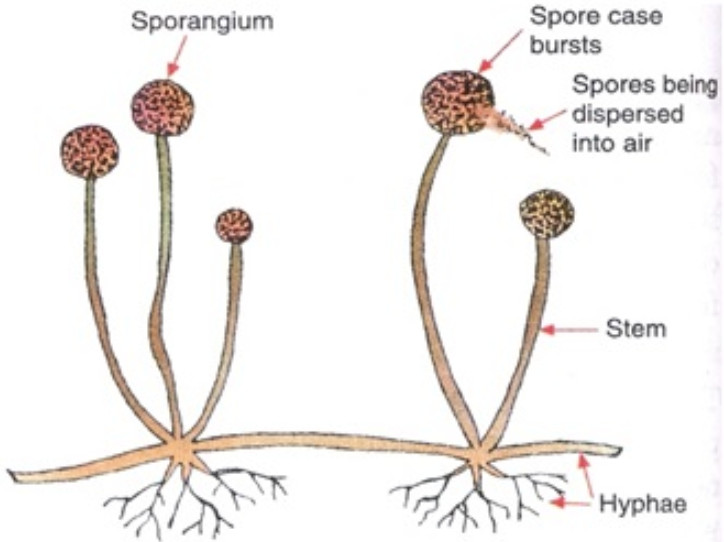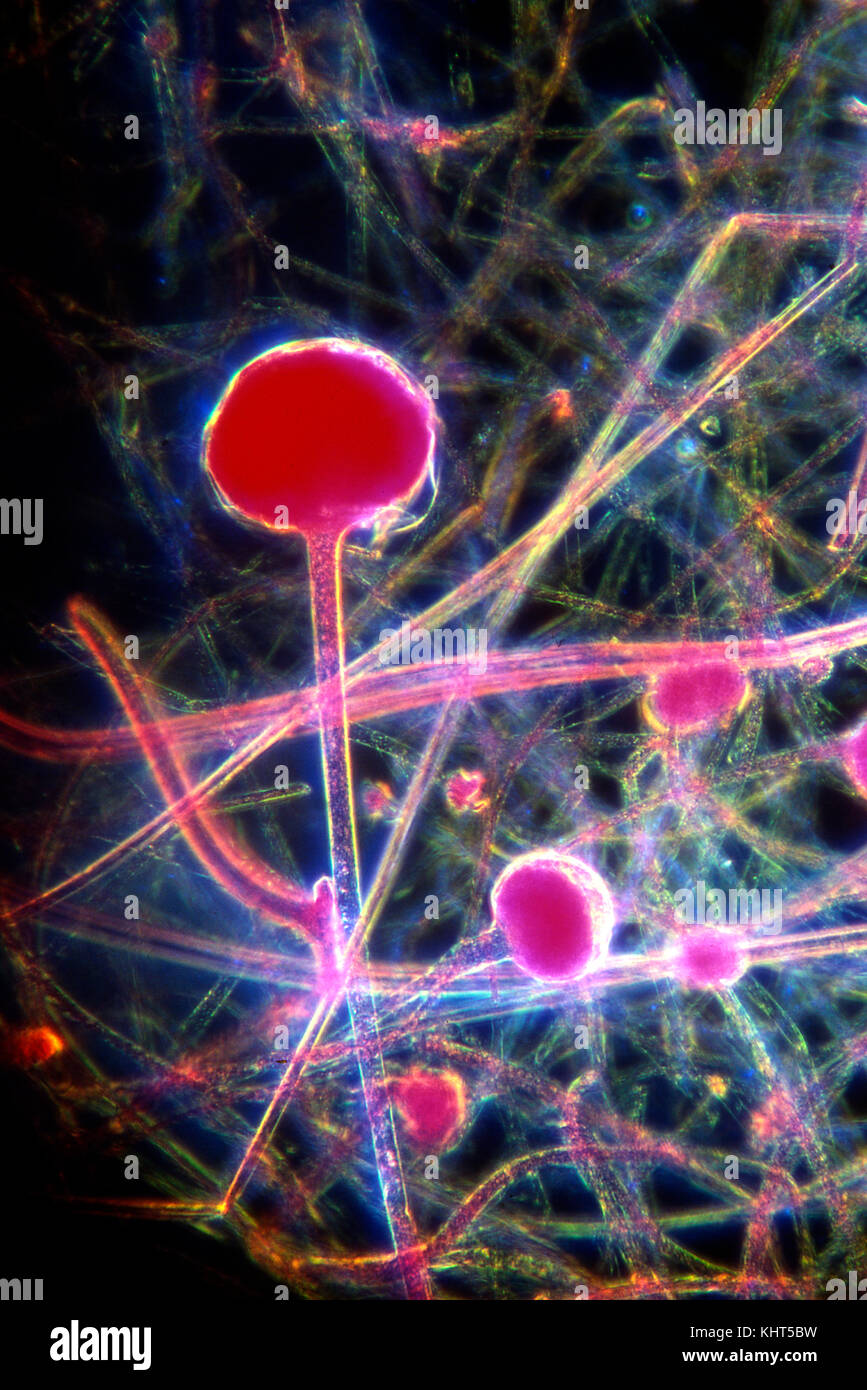

Two examples of dimorphic yeasts are the human pathogens Histoplasma capsulatum and Candida albicans. This ability helps dimorphic fungi to survive in diverse environments. They are capable of changing their appearance in response to environmental changes such as nutrient availability or fluctuations in temperature, growing as a mold, for example, at 25 ☌ (77 ☏), and as yeast cells at 37 ☌ (98.6 ☏). These dimorphic fungi may be able to appear as yeasts or molds, which can be important for infectivity. Some fungi are dimorphic, having more than one appearance during their life cycle. The budding yeasts reproduce asexually by budding off a smaller daughter cell the resulting cells may sometimes stick together as a short chain or pseudohypha ( Figure 5.25). In contrast to molds, yeasts are unicellular fungi. Unicellular fungi (yeasts) cells form pseudohyphae from individual yeast cells. ( Figure 5.25).įigure 5.25 Multicellular fungi (molds) form hyphae, which may be septate or nonseptate. Hyphae that have walls between the cells are called septate hyphae hyphae that lack walls and cell membranes between the cells are called nonseptate or coenocytic hyphae). Hyphae can form a tangled network called a mycelium and form the thallus (body) of fleshy fungi.

Most multicellular fungal bodies, commonly called molds, are made up of filaments called hyphae. Characteristics of Fungiįungi have well-defined characteristics that set them apart from other organisms. Fungi are also major sources of antibiotics, such as penicillin from the fungus Penicillium. They act as decomposers in the environment, and they are critical for the production of certain foods such as cheeses. Some pathogenic fungi are opportunistic, meaning that they mainly cause infections when the host’s immune defenses are compromised and do not normally cause illness in healthy individuals. Both microscopic and macroscopic fungi have medical relevance, with some pathogenic species that can cause mycoses (illnesses caused by fungi). For this reason, fungi are included within the field of microbiology.įungi are important to humans in a variety of ways. In addition to the well-known macroscopic fungi (such as mushrooms and molds), many unicellular yeasts and spores of macroscopic fungi are microscopic. The fungi comprise a diverse group of organisms that are heterotrophic and typically saprozoic. Classify fungal organisms according to major groups.Identify examples of toxin-producing fungi.Identify examples of the primary causes of infections due to yeasts and molds.Compare the major groups of fungi in this chapter, and give examples of each.Describe examples of asexual and sexual reproduction of fungi.Describe the unique characteristics of fungi.Explain why the study of fungi such as yeast and molds is within the discipline of microbiology.By the end of this section, you will be able to:


 0 kommentar(er)
0 kommentar(er)
